The Mumbai Midnight Hunter
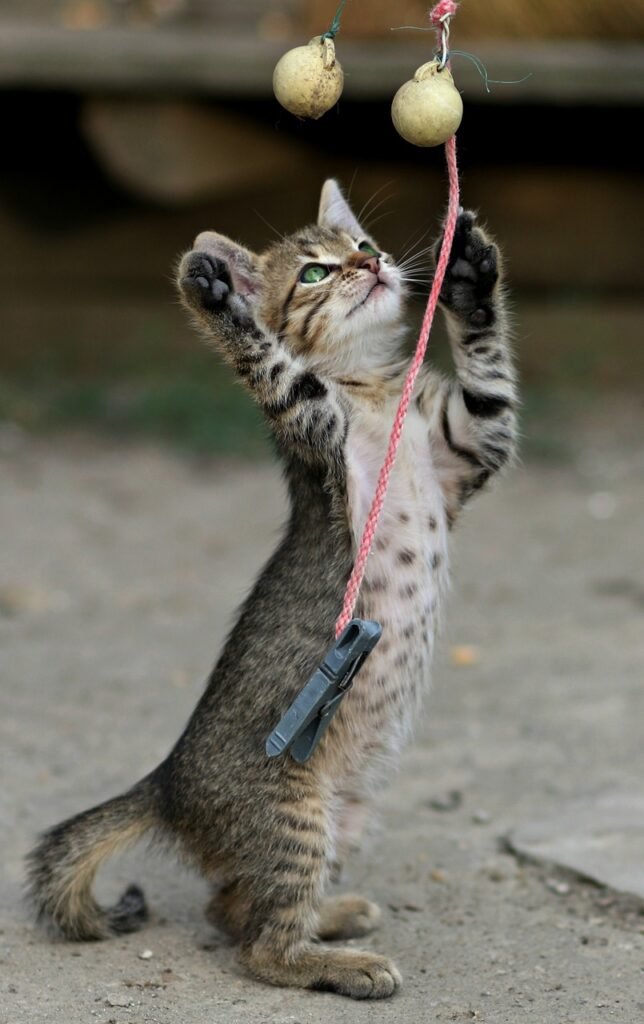
In the sprawling metropolis of Mumbai, leopards have learned to navigate traffic jams and apartment complexes with stunning precision. These nocturnal predators slip through shadows between high-rise buildings, their spotted coats blending seamlessly with urban camouflage patterns. What’s truly remarkable is how they’ve adjusted their hunting schedules around human activity – becoming almost ghostlike in their movements. A recent study found that urban leopards in Mumbai are actually healthier than their forest counterparts, with better body condition and fewer parasites. Their ability to coexist with over 20 million people challenges everything we thought we knew about big cat adaptability.
Rooftop Territories in South Africa

Cape Town’s leopards have turned suburban rooftops into their personal highways, creating an entirely new ecosystem above our heads. These intelligent cats use drainage pipes, telephone poles, and building ledges as their version of tree branches. Security cameras have captured footage of leopards casually strolling across residential areas at 2 AM, completely unbothered by the urban landscape below. Their territorial markings now include scratches on garden walls and scent marks on playground equipment. This adaptation shows how quickly these big cats can reprogram millions of years of forest-dwelling instincts.
The Delhi Underground Network
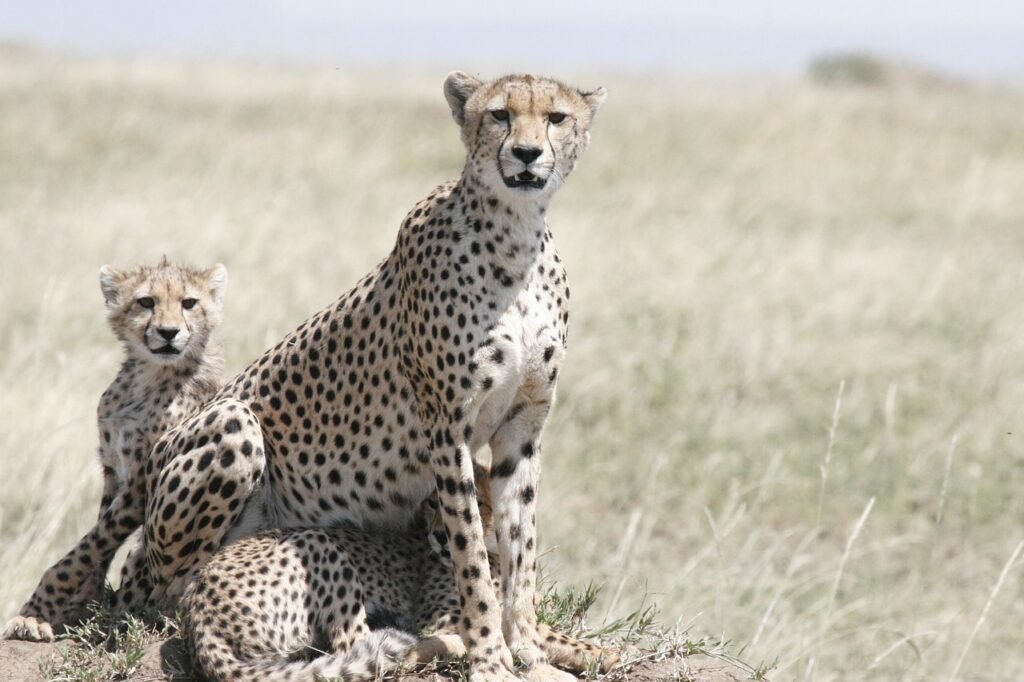
Leopards in Delhi have discovered something incredible – the city’s extensive network of storm drains and underground passages provides perfect hunting corridors. These subterranean pathways allow them to move undetected across vast distances, emerging only when they’ve found the perfect hunting opportunity. Urban wildlife researchers were shocked to discover that some leopards travel up to 15 kilometers through these underground networks in a single night. The cool, damp environment also provides relief from Delhi’s intense heat, making these tunnels ideal resting spots during scorching summer days.
Garbage Day Gourmet
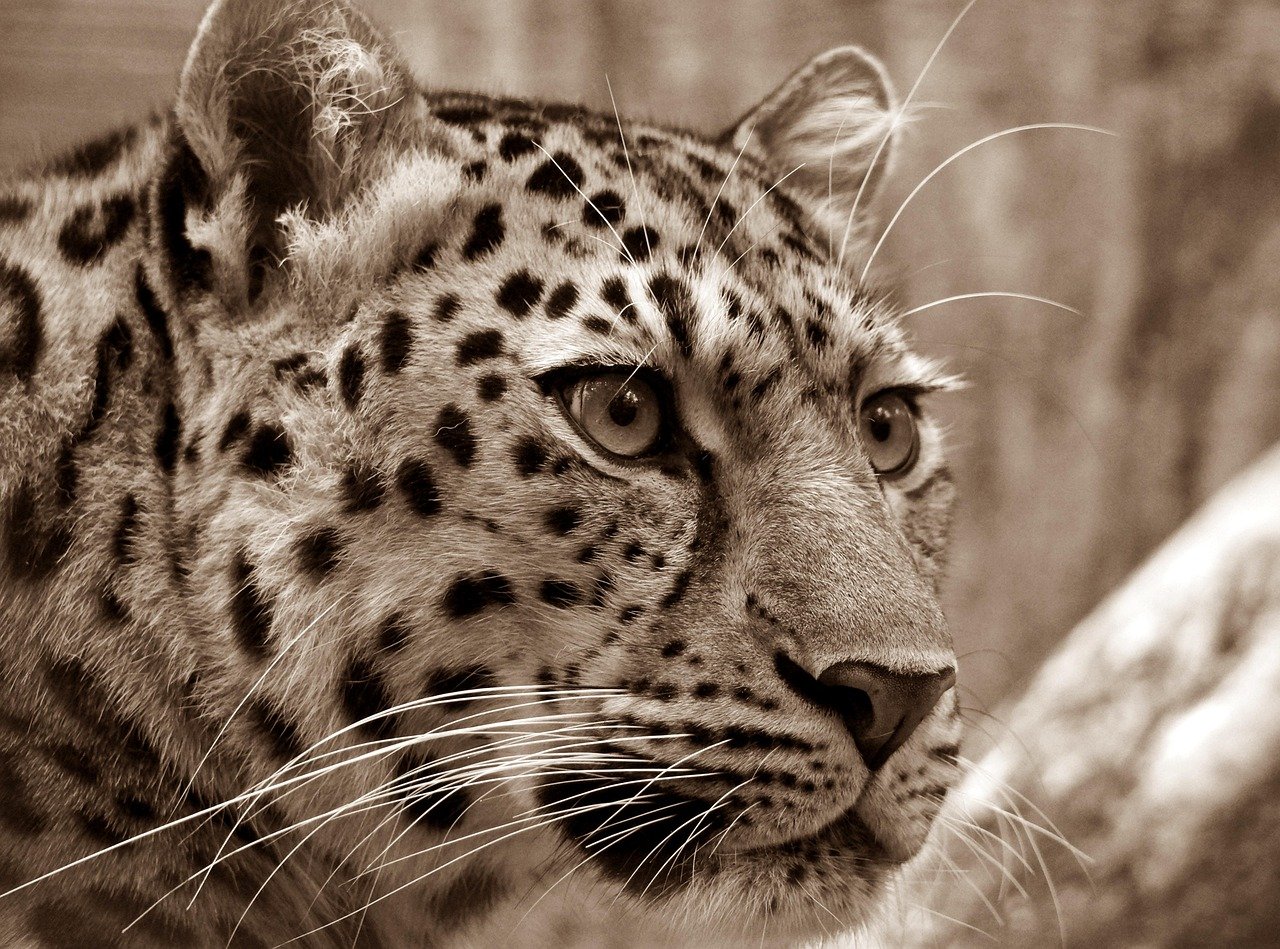
Here’s something that might surprise you – urban leopards have become incredibly sophisticated scavengers, timing their movements around garbage collection schedules. They’ve learned that restaurants and food courts dispose of meat scraps on specific days, creating predictable feeding opportunities. Some leopards in Indian cities have been observed opening trash bins with their paws, showing problem-solving skills that rival those of urban-adapted primates. This behavioral shift represents a dramatic departure from their traditional hunting patterns, proving these cats are far more flexible than we ever imagined.
The School Playground Phenomenon
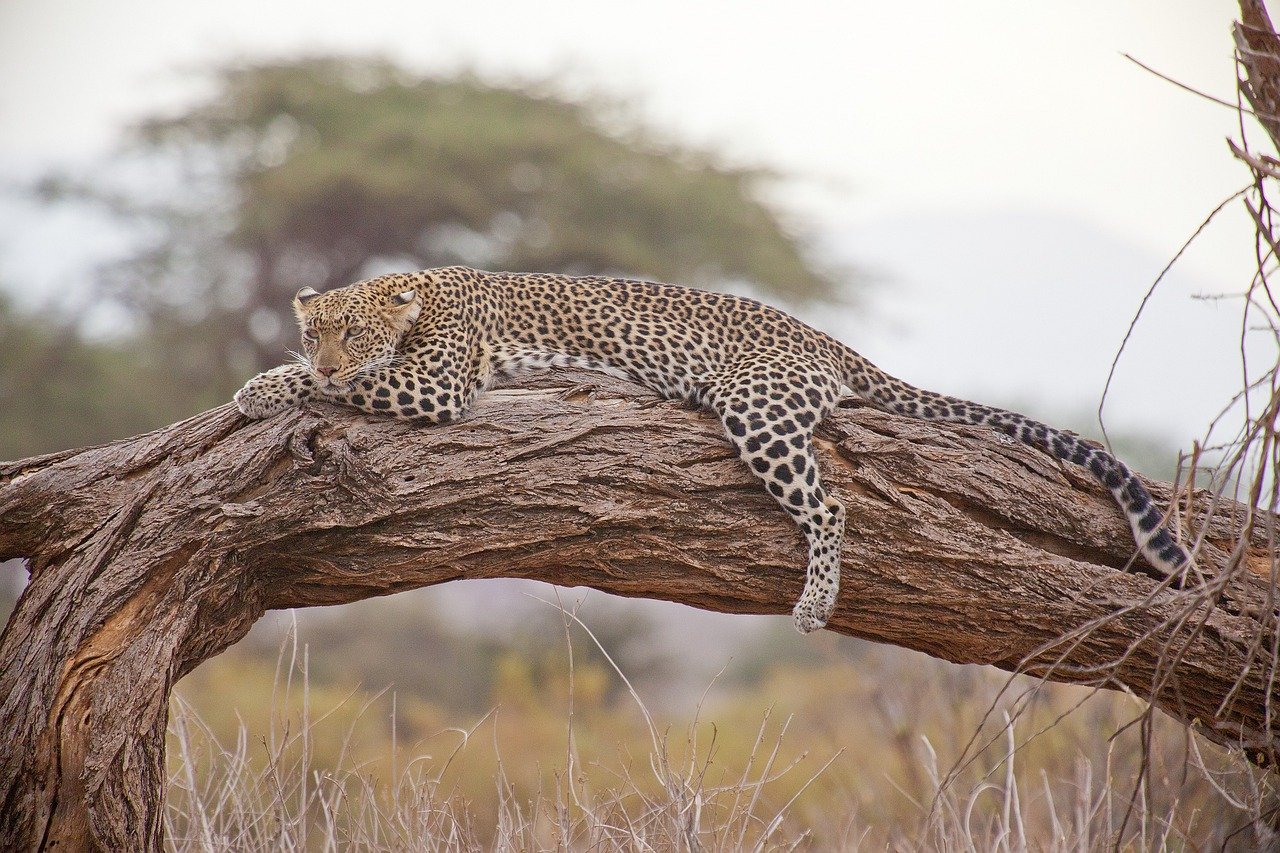
Educational institutions across India and Africa are reporting an unusual trend – leopards using empty school playgrounds as temporary hunting grounds. These open spaces attract rodents and stray dogs, creating mini-ecosystems that leopards have learned to exploit. The timing is perfect too, as most of these visits happen during school holidays or late evening hours when children are safely at home. What’s fascinating is how these big cats seem to understand human schedules, avoiding areas during peak activity times with uncanny accuracy.
Construction Site Sanctuaries

Building sites have become unexpected refuges for urban leopards, offering temporary shelter and abundant prey in the form of rats and construction site strays. These work zones provide the perfect combination of hiding spots during the day and hunting opportunities at night. Construction workers in several cities have reported finding leopard tracks in fresh concrete, evidence of these cats’ nighttime explorations. The constant noise and activity during daytime hours actually work in the leopards’ favor, as it keeps human interference to a minimum during their resting periods.
Traffic Light Timing Masters
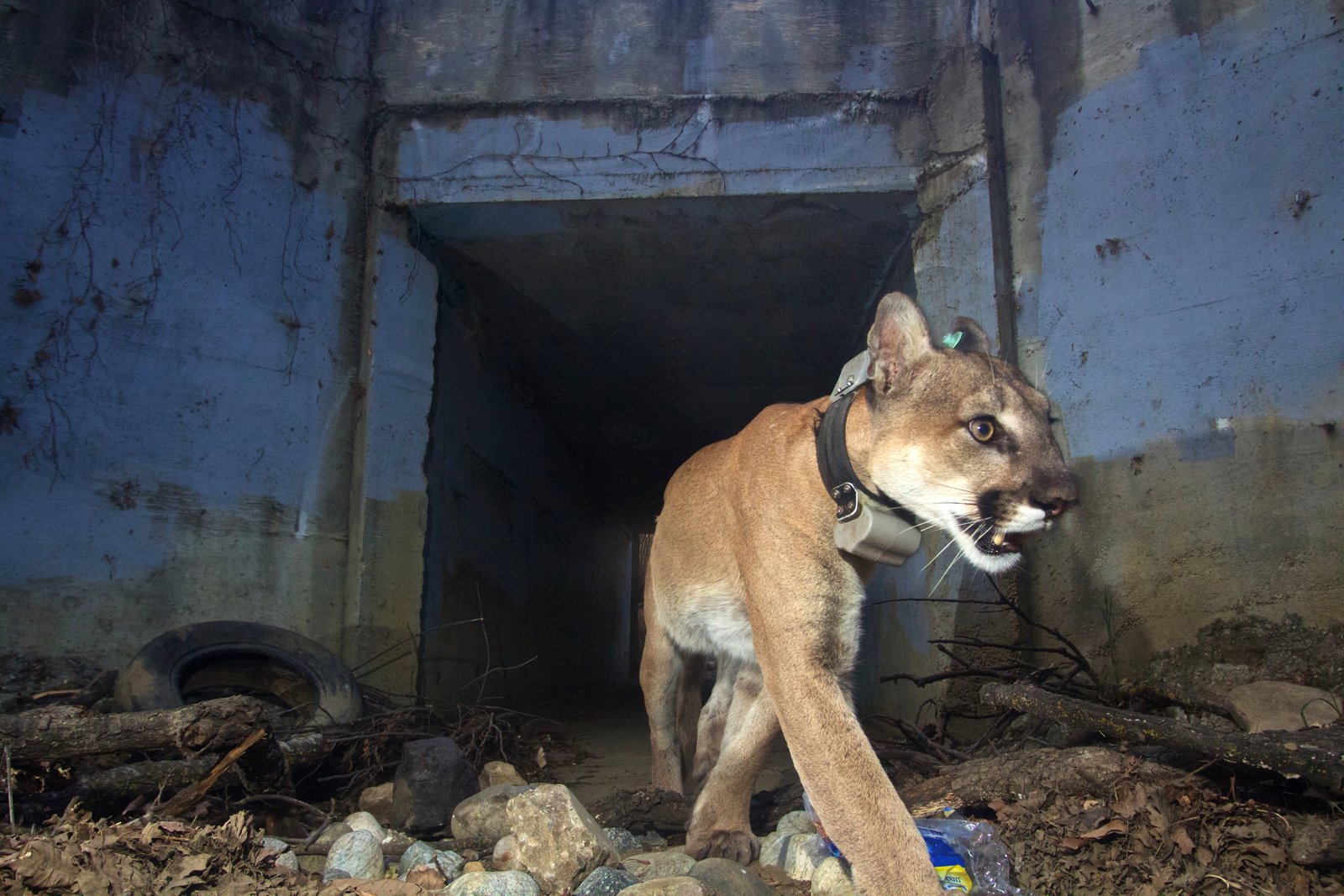
Urban leopards have developed an almost supernatural ability to time their street crossings with traffic patterns. Wildlife cameras have captured footage of leopards waiting at busy intersections, seemingly understanding the rhythm of traffic lights and rush hour patterns. This behavioral adaptation has significantly reduced vehicle strikes, one of the biggest threats to urban big cats. Some researchers believe these cats are actually learning from observing human pedestrian behavior, mimicking our own street-crossing strategies. It’s a perfect example of how wildlife can adapt to human infrastructure in ways we never expected.
The Security Camera Stars
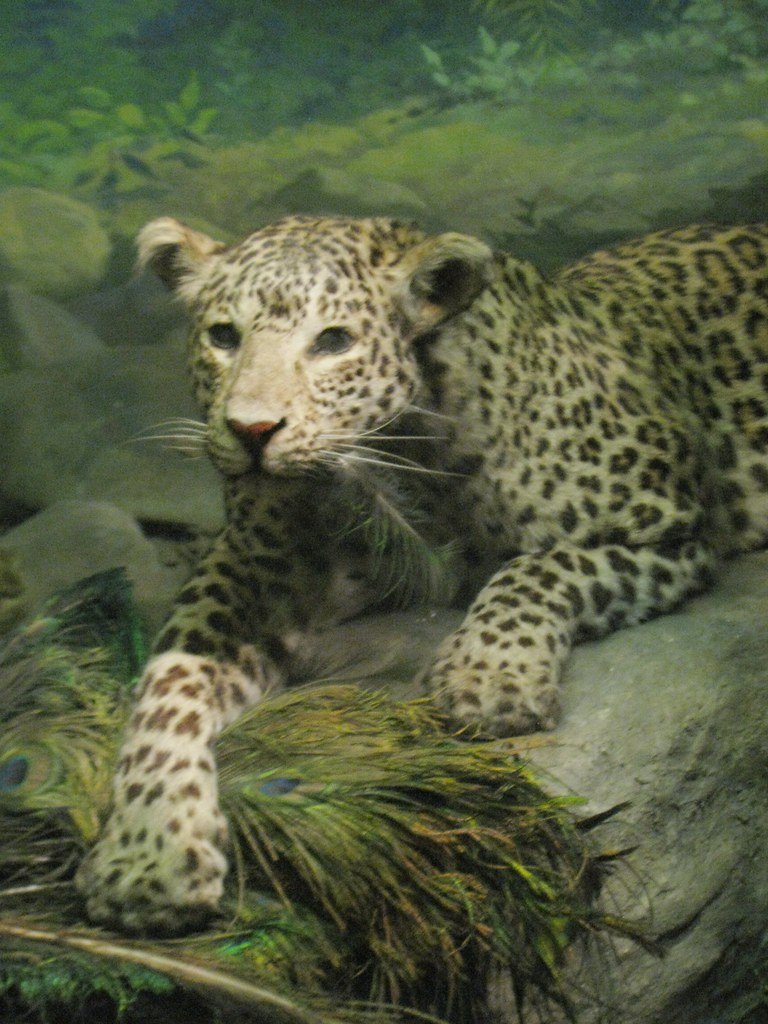
Home security systems across urban areas are inadvertently documenting the secret lives of city-dwelling leopards. These cameras have revealed behaviors never before seen in wild leopards, including playful interactions with urban objects and curious investigations of human belongings. One viral video showed a leopard in Bangalore carefully examining a child’s bicycle for over ten minutes, displaying a level of patience and curiosity that suggests these cats are genuinely fascinated by human artifacts. The footage has provided researchers with unprecedented insights into how these predators perceive and interact with human-made environments.
Water Source Wisdom
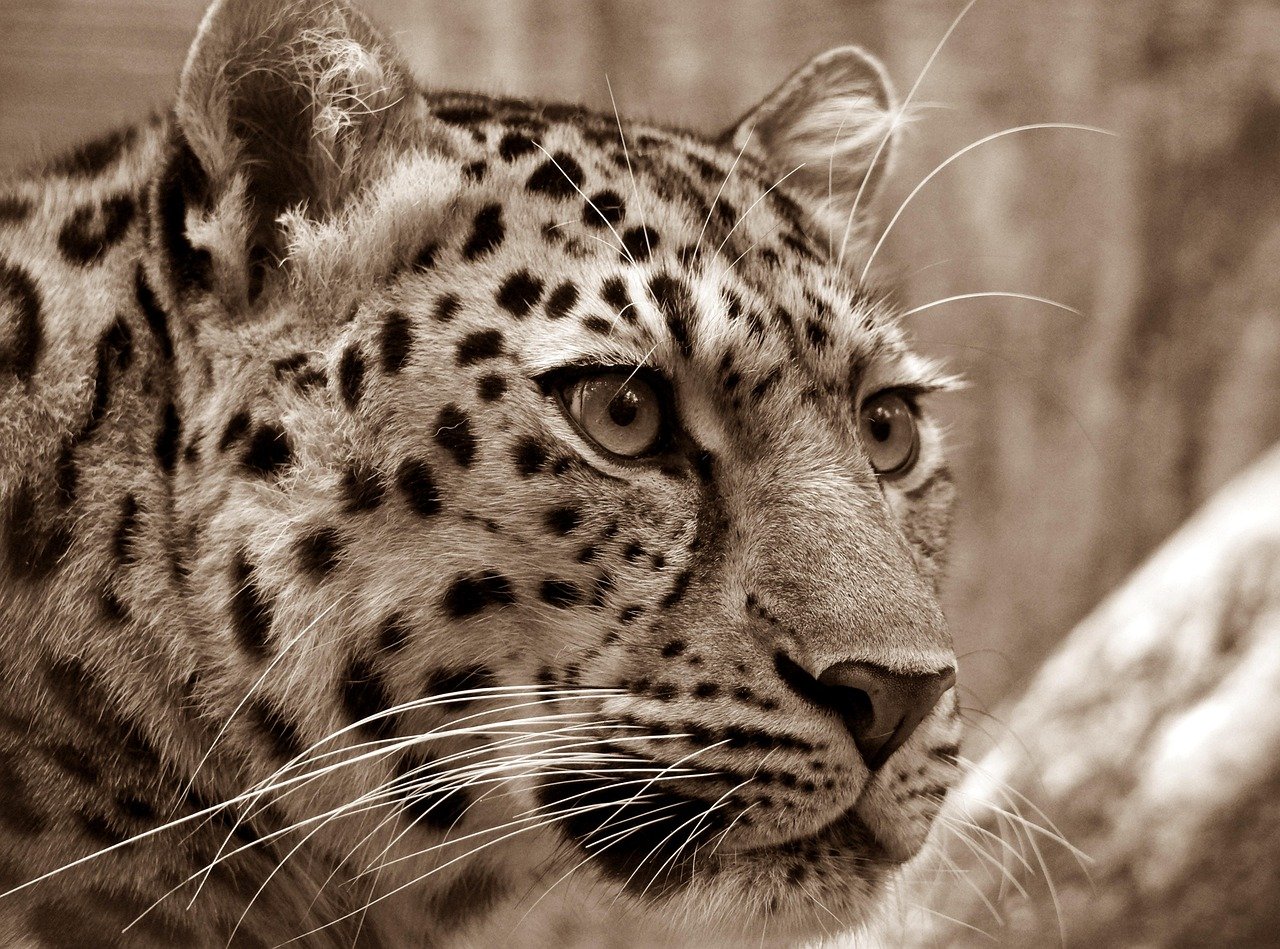
Urban leopards have become masters at locating and utilizing human water sources, from swimming pools to rooftop water tanks. They’ve learned to distinguish between chlorinated pool water and fresh drinking water, showing a level of chemical sensitivity that surprises scientists. In drought-prone areas, some leopards have been observed returning to the same residential water sources night after night, establishing relationships of mutual tolerance with homeowners. This water dependency has created unexpected conservation opportunities, as communities begin to see these magnificent cats as neighbors rather than threats.
The Balcony Climbers
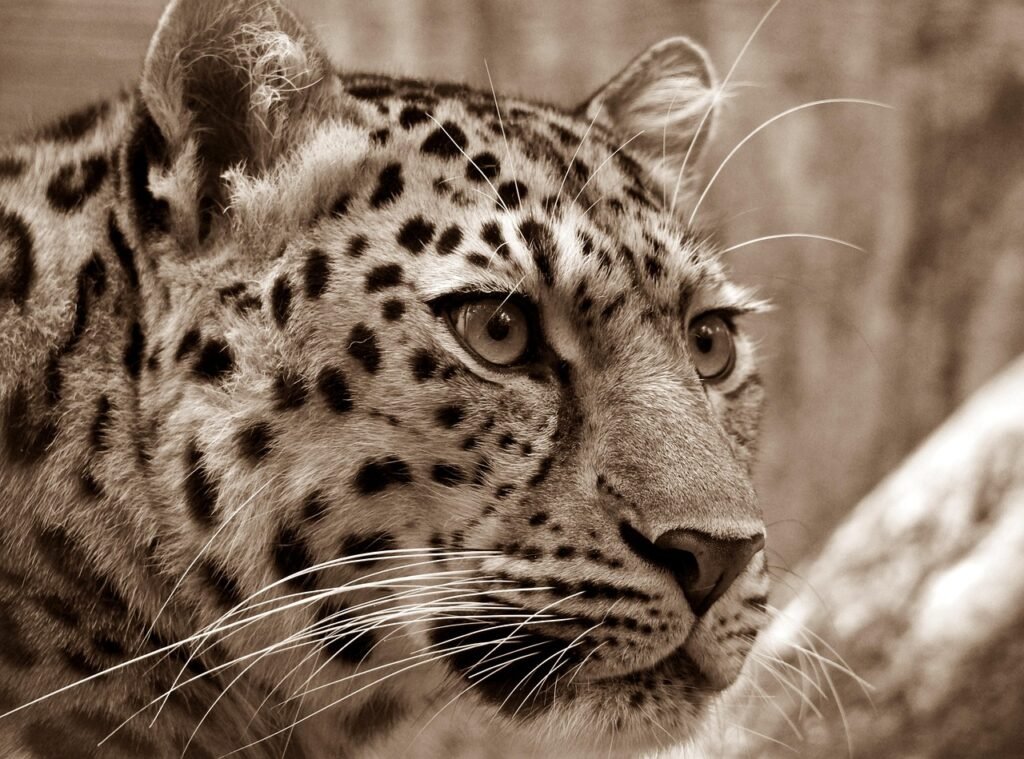
High-rise apartment balconies have become the new tree branches for urban leopards, with some cats climbing up to the 15th floor in search of food or shelter. Their incredible climbing abilities allow them to access spaces that humans consider completely secure from wildlife intrusion. Residents have reported finding leopard tracks on balcony railings and paw prints on outdoor furniture, evidence of these cats’ aerial urban exploration. This vertical adaptation represents a completely new dimension to leopard behavior, one that city planners never anticipated when designing modern apartment complexes.
Street Food Chain Integration
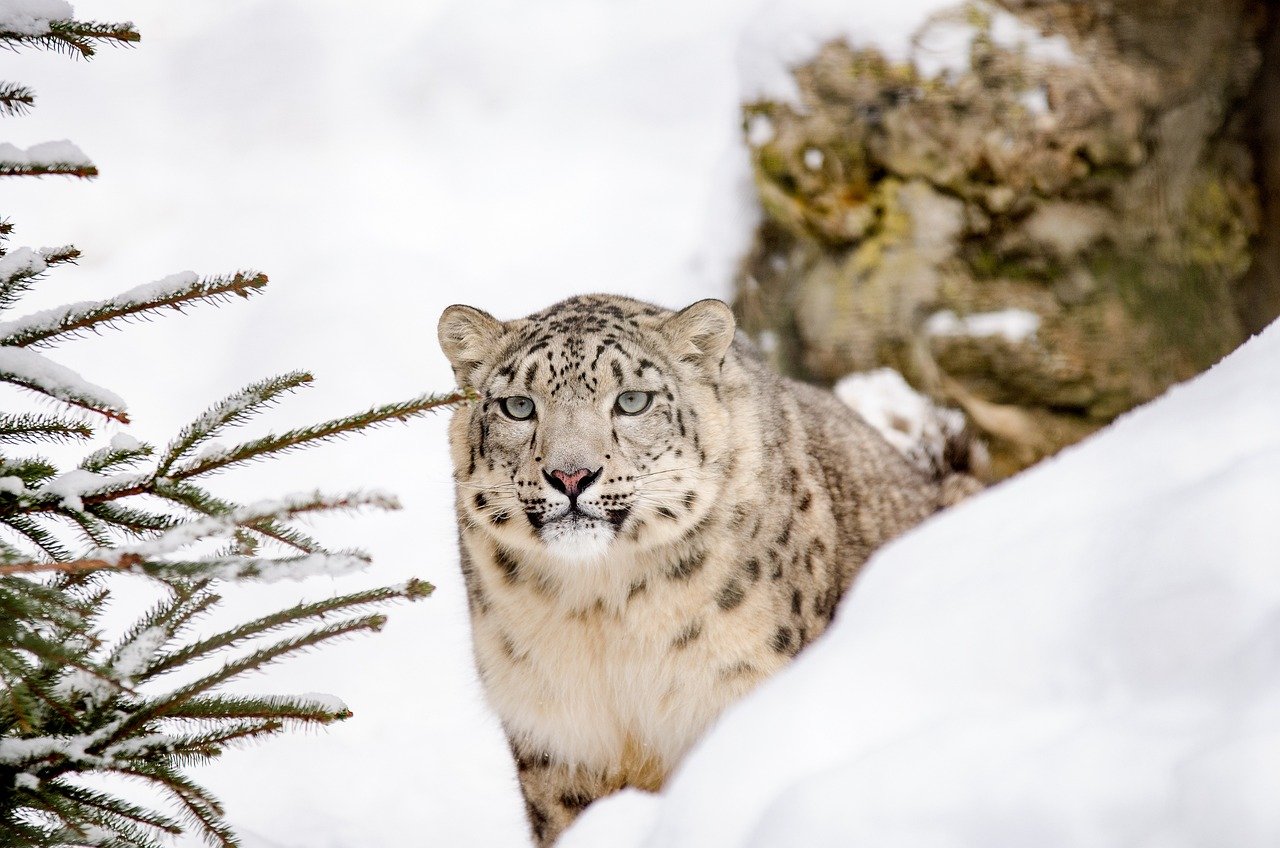
The most surprising adaptation might be how urban leopards have integrated themselves into city food chains, becoming apex predators in environments dominated by stray dogs, cats, and urban wildlife. They’ve learned to hunt in areas with high concentrations of prey animals that feed on human food waste, essentially becoming part of the urban ecosystem’s natural balance. This integration has actually helped control populations of feral animals in some cities, providing an unexpected ecological service. The relationship between urban leopards and city food webs is so complex that removing these cats would likely cause significant ecological disruptions.
The Dawn Commuters

Early morning joggers and commuters have become accidental witnesses to one of nature’s most remarkable adaptations – leopards using human exercise routes as their own morning patrol paths. These big cats have learned that dawn and dusk provide optimal hunting conditions in urban environments, when prey animals are most active and human interference is minimal. Some leopards in Pune and Mumbai have been observed following the same routes used by morning walkers, maintaining a respectful distance while utilizing the cleared pathways. This parallel coexistence represents a new form of human-wildlife interaction that urban planners are only beginning to understand.
Emergency Response Evolution

Perhaps the most telling sign of successful urban adaptation is how leopards have learned to avoid areas during emergency situations. They seem to understand that sirens, flashing lights, and increased human activity mean it’s time to retreat to safer locations. This behavioral learning suggests these cats are constantly monitoring and adapting to human patterns in ways that go far beyond simple food acquisition. Wildlife rescue teams report that urban leopards are often easier to locate and safely relocate than their forest counterparts, possibly because city life has made them more tolerant of human presence. The speed of this adaptation continues to astound researchers studying urban wildlife behavior.
The transformation of leopards from forest dwellers to urban survivors represents one of the most remarkable wildlife adaptations of our time. These magnificent cats are rewriting the rules of predator behavior, proving that nature’s capacity for change far exceeds our wildest expectations. As cities continue to expand into traditional wildlife habitats, the story of urban leopards offers hope that coexistence isn’t just possible – it’s already happening right outside our doors.
Hi, I’m Bola, a passionate writer and creative strategist with a knack for crafting compelling content that educates, inspires, and connects. Over the years, I’ve honed my skills across various writing fields, including content creation, copywriting, online course development, and video scriptwriting.
When I’m not at my desk, you’ll find me exploring new ideas, reading books, or brainstorming creative ways to solve challenges. I believe that words have the power to transform, and I’m here to help you leverage that power for success.
Thanks for stopping by, Keep coming to this website to checkout new articles form me. You’d always love it!






